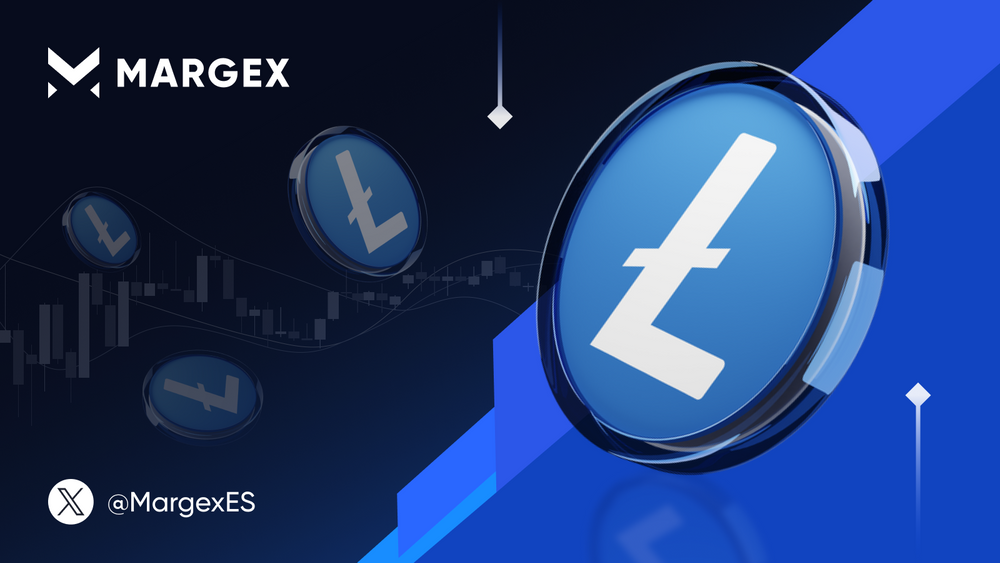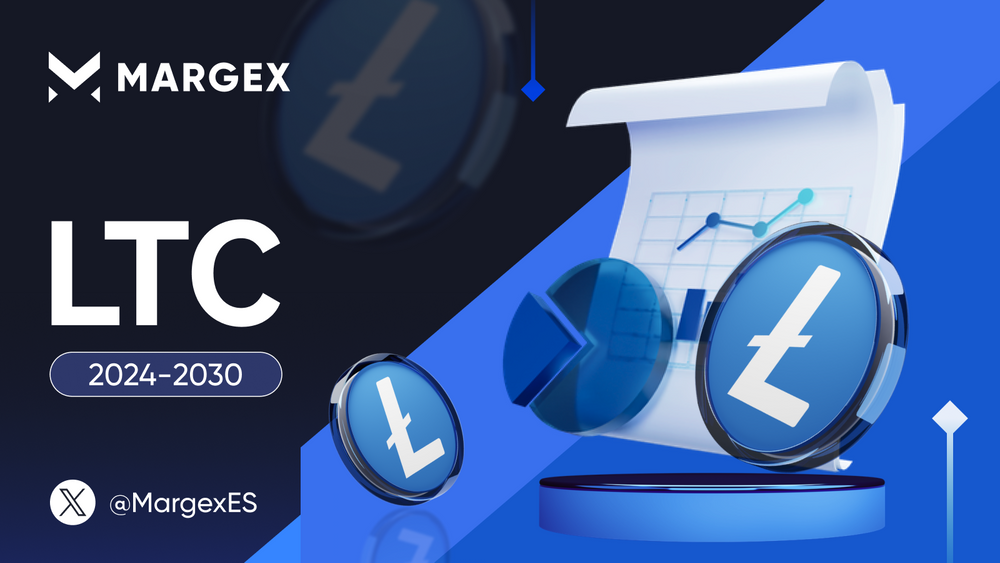
Litecoin (LTC) was the second cryptocurrency that appeared in the nascent post-Bitcoin crypto space. While BTC is frequently referred to as “digital gold”, crypto investors prefer to compare Litecoin to silver, adding “digital” to it.
Now, in 2024, thirteen years after Litecoin’s launch, it sits on the 19th position on the list of cryptos in terms of market capitalization and remains a promising asset for many who prefer their portfolios to consist not only of Bitcoin and Ethereum. Litecoin has a market cap of $5,896,150,642 with $395,274,556 in trading volume (that is the 25th spot, according to CoinMarketCap).
Brief History of Litecoin (LTC)
The idea of creating Litecoin belonged to a former Google software engineer Charlie Lee. In early October 2011, he announced the launch of LTC in a post on the BitcoinTalk forum. Inspired by Satoshi Nakamoto and Bitcoin, Lee wanted to make a better (“lighter” – hence the name “Litecoin”) alternative to the first crypto, which would run faster and cheaper than Bitcoin did.
At the same time, he did not want to compete with Bitcoin but only to create a lighter version of it based on its code, keeping to the basic principles of security and decentralization possessed by Satoshi’s invention. To make his ideas come true, Lee modified several key aspects of the Bitcoin protocol, while he created LTC. Unlike Bitcoin, thanks to Lee, Litecoin became accessible to individual miners due to consumer-grade hardware.
The coin went live a week after Lee made the announcement on the BitcoinTalk forum, along with the open-source client software getting released. The community was inspired by the emergence of another crypto after Bitcoin and so they met the launch of digital silver enthusiastically. It quickly became accepted as a good alternative to BTC.
One of the major advantages of Litecoin over Bitcoin is the time it takes to generate a new block. While every new Bitcoin block is created roughly every ten minutes, for LTC it takes only about 2.5 minutes. This means that transactions go faster on the LTC chain and it is more suitable for everyday transfers.
Besides, Litecoin’s total supply was made bigger than that of Bitcoin – 84 million LTC versus 21 million BTC. Charlie Lee took that step deliberately to make LTC more accessible and eliminate the risks of possible price volatility that could be caused by the coin’s scarcity in the future.
These days, even though Lee has stepped away from the project and is not active on social media, Litecoin remains one of the most popular crypto payment options and it is widely traded thanks to its high speed of transaction, cheap transaction costs and an active community of developers.

Litecoin Halving Reduces Supply
Along with other basic features of Bitcoin, Charlie Lee copied into Litecoin the proof-of-work consensus algorithm. Similarly to Bitcoin and other coins that run on PoW, Litecoin has halving events that are programmed to reduce the newly-generated LTC supply and make Litecoin a deflationary crypto asset.
While Bitcoin has had four halving events already, Litecoin has had three of them. The first one occurred in August of 2015 and reduced the block reward by half, that is from 50 LTC to 25 LTC. The second halvening happened in 2019, slashing miners’ reward from 25 LTC to 12.5 LTC. The third block reward cut took place in the August of 2023 after which miners began to earn 6.25 LTC per each newly-generated block on this chain. The fourth halving is scheduled for 2027, when the rewards will be reduced to 3.125 LTC per block.
Currently, there are 74,530,356 LTC circulating in the market, which is 88.73% of the total 81 million supply.
Litecoin Adoption Increases
In 2023, the director of the Litecoin Foundation reported in a tweet that the LTC network began to surpass Ethereum in the total wallet count. Besides, various companies and vendors continue to add LTC to their list of payment options thanks to the BitPay and NOWpayments crypto payments service providers.
Litecoin is accepted by airline companies, charities and non-profit organizations, by fashion and clothes shops, watches and jewelry makers (including Hublot), as well as providers of electronics goods and companies working in the spheres of gaming, sports and entertainment.
LTC payments are allowed by PayPal on the territory of the United States, along with Bitcoin, Bitcoin Cash, PayPal USD stablecoin and Ethereum. The wider a coin is adopted and accepted, the higher the price may go in the future, since it sees an increased demand.

LTC Price Predictions 2024 – 2030
At press-time, Litecoin is trading at $79 per coin, having lost almost 4% since Monday. As early as March 30, digital silver traded at the $109 level but, following Bitcoin volatility, has seen a major drawdown.
Experts believe that this year, LTC may go up as high as $94. In 2025, it has high chances of reaching $150 per coin. 2026 may propel LTC to $242. The next halving in 2027 may drive the Litecoin price as high as $370, while during the next three years digital silver is predicted to break above the $1,000 price mark. So far, Litecoin’s all-time high has been $412.96 reached in May 2021.


